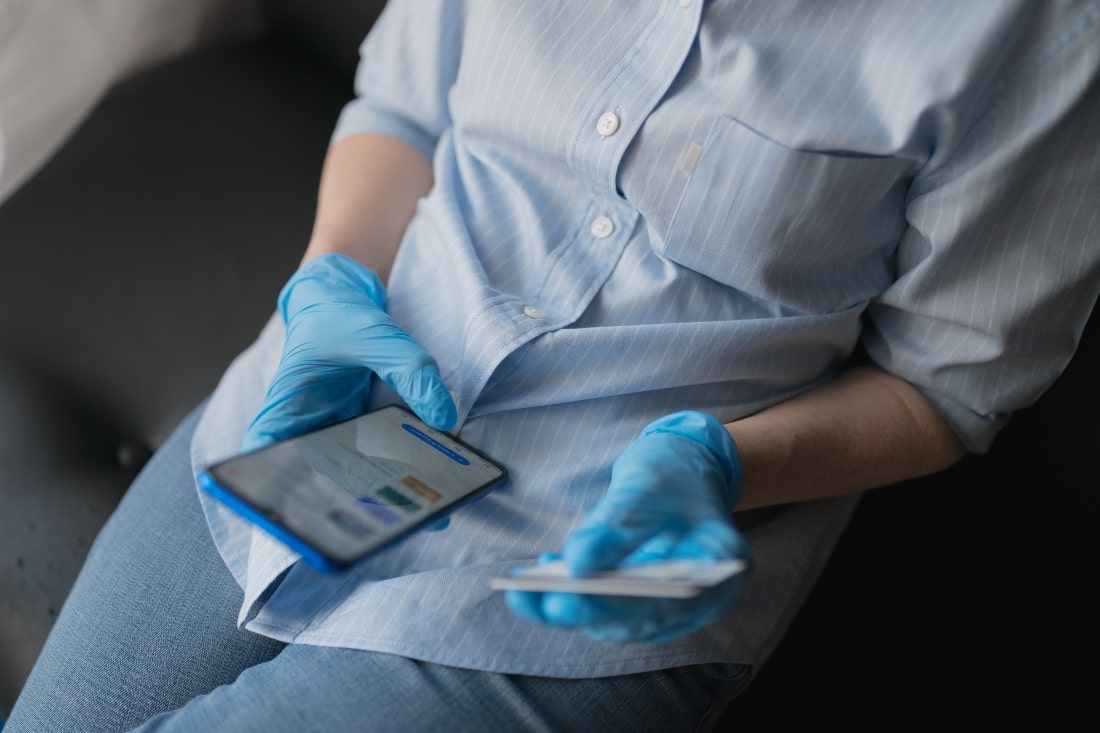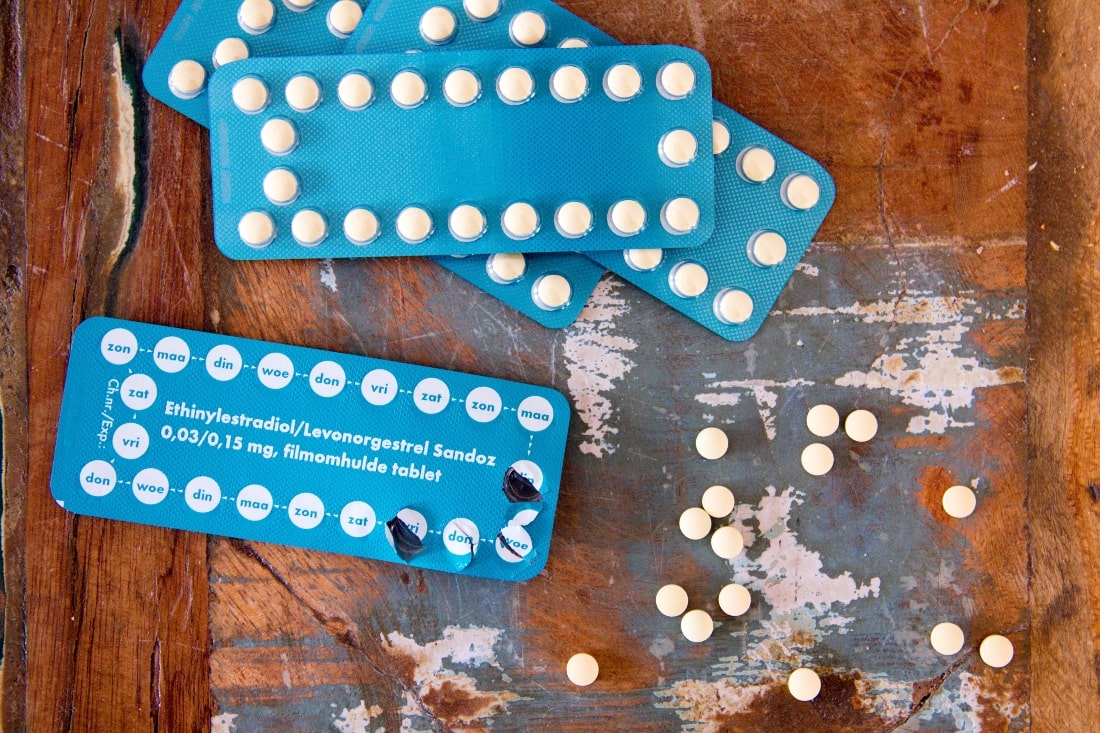After the release of fermata‘s first FemTech Market Map of South East Asia 2021 we spoke with Viracha (Pear) Poolvaraluk, Marketing Manager for fermata Singapore and Francesca Geary-Stingl, PR/Marketing Consultant for fermata Singapore, about the FemTech opportunities in South East Asia and which sectors to watch in the region.
The market map spans research across eight countries inclusive of Singapore, Malaysia, Thailand, Vietnam, Indonesia, Cambodia, Laos and Myanmar and delves into where FemTech has expanded; how culture, education and religion have impacted growth and where FemTech in South East Asia has the potential to go next.
Biggest Market Sector Potential
Pear: As more individuals invest in their reproductive health, I see more attention given to menopause care. The space represents $600 billion of spending opportunity but is still largely untapped, with only 5% of FemTech startups addressing this complex area in women’s health.
Only 5% of FemTech startups addressing the complex area of Menopause in women’s health.
Menopause sets off a cascade of negative health effects in women’s bodies that impact bone, cognitive, cardiovascular and immune function. There’s also perimenopause that begins several years before menopause when the ovaries gradually begin to make less estrogen. It usually starts in women’s 40s but can start in their 30s or even earlier. As more people speak up freely about their suffering and more research is done to understand their pain, we hope to see more innovation and funding from Southeast Asian startups making a global impact in this space.
Francesca: Overall, every market section has potential – especially in Southeast Asia. Here, FemTech is an emerging market so it will be exciting to see where the map takes us year-after-years and see where individuals or brands are looking to fill in the “gaps”
I do also agree with Pear that menopause could be the next spotlight in FemTech. Currently, it is an overlooked “life” chapter with mostly traditional methods of management whether it’s through HRT (Hormonal Replacement Therapy) and/or holistic management. I am personally interested to see what could be next for this chapter.
Opportunities in South East Asia
Francesca: There have been FemTech market maps created over the last few years to which fermata, Inc, has published (2019-2021).
Most of the companies are based in North America, Europe, Australia, even Korea and Japan because that’s where FemTech has taken off or at least starting to.
Pear: We decided to create the first FemTech market map of Southeast Asia to shed light on the current landscape and the room for growth. As you can see, we did not find any FemTech companies in Cambodia, Burma, and Laos, making them blue ocean spaces. Even in countries like Thailand where there are a few companies, the products and services offered operate on a small scale mainly in Bangkok city centre.
This map is for any global FemTech companies, investors, and potential entrepreneurs to show that there is an untapped market of 650 million individuals in this region, and Singapore is the leading country that further supports the idea that no matter where you are in the world, advancing women’s reproductive health is relevant, opportune, and needed.
Francesca: No one really thought there would be a market in Southeast Asia and we decided to shine a spotlight on it. Yes, there is definitely room for potential in some markets and that is something we are hoping to see as we continue this journey.
We brought Singapore to the forefront as, to date, it has the most FemTech companies available and has seen the most growth over the last year with more companies opening up and the conversation of FemTech becoming more prominent through community talks and events.
Pear: While Southeast Asia is ripe for FemTech innovation, it’s important to note that the same strategy should not apply to all countries.
Every country has their own regulatory hurdles, cultural taboos, and market competition that requires a localized strategy.
Specific Challenges in South East Asia
Francesca: No matter what, entering as a startup is going to be challenging and it will be even more difficult if you are going into the FemTech industry – especially in Asia. There has been so much taboo around female health and wellness through culture, religion and even within our own peer group. You need to be prepared to answer a lot of questions with “why”. Why are you doing this? Why is there a need for it? Why do you think people should listen to you?”
I can say, almost without a doubt, you are going to be met with restrictions and possibly a judgement. A lot of education is going to be required before people even consider looking at your brand and your product. You have to keep pushing, keep shouting until someone takes notice to either help you or be part of your support group.
It sounds repetitive but I do feel it needs to be emphasised – if you really believe that your brand/product will benefit others, keep pushing through the rubble in front of you even if it looks like you cannot see the light – yet.







